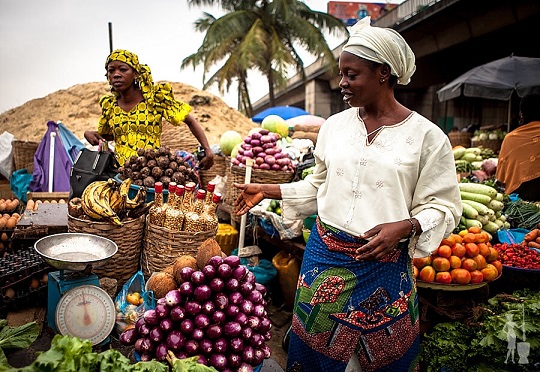Iceland is honoured to be a frontrunner in the World Economic Forum’s Global Gender Gap Report, and as Prime Minister I am frequently asked about Iceland’s progress, and how we got to where we are. However, I am rarely asked where we should head from here and what we could do better.
It should be noted that the Nordic countries occupied four out of five of the index’s top places in 2017. This is not a coincidence. Nordic countries are all welfare states and support for universal social policies is generally high, and such policies are the key ingredient in building societies that work for women.
Women’s solidarity and social change
The women’s movement has been effective and organised across the Nordic countries. In Iceland, women have repeatedly shown extraordinary solidarity through the women’s day off, which in 1975 attracted 90% of women in Iceland who refused to perform work that day. This highlighted all the visible and invisible tasks, paid and unpaid, that women undertake every day, everywhere, and form the foundation of our communities. This day was the beginning of a huge and powerful movement that resulted in an enormous social change in Iceland.
The solidarity that the Icelandic women’s movement built in the 1970s and the 1980s laid the foundation for welfare policies that have liberated women in the country in many ways. My generation was born into an atmosphere of women’s liberation. As children we were surrounded by role models, where women took up more space in society than they had ever done before. Women were marching on the street and the first female president, Vigdís Finnbogadóttir, was elected. For us, it meant that we were not forced to choose between having a family or having a career; a choice that women in many countries are faced with, limiting women’s participation in the labour market and their access to decision making.
Childcare and parental leave
Two public policies are worth mentioning in this context. First, universal high-quality childcare transformed women’s opportunities to participate in the economy and in society at large. As women still carry the bulk of child rearing, childcare costs prevent women across the world from joining or re-joining the labour market and/or participating in politics.
Second, well-funded shared parental leave – with a use-it-or-lose-it proportion for fathers – addresses the systematic discrimination women have suffered at work, due to the possibility alone that they might have children. If men are as likely to take a break from work to care for children, this structural discrimination diminishes.
Many female politicians in Iceland would never have got where we are today if it wasn’t for childcare and parental leave. I am an excellent example of that. And in this sense, governments and parliaments can lead the way by adopting policies that have been shown to bridge the gender gap, rather than widen it.




